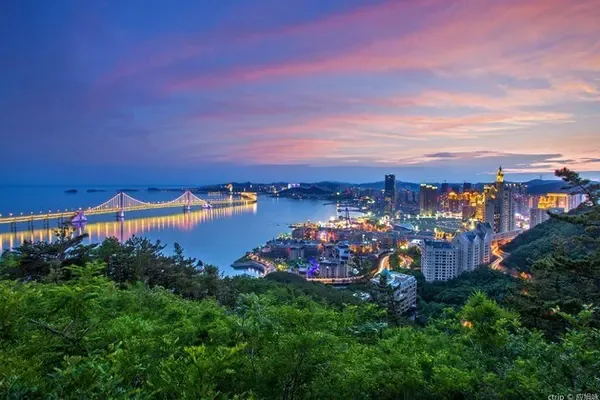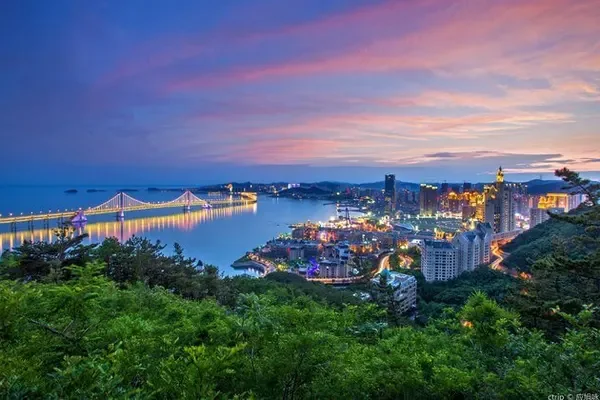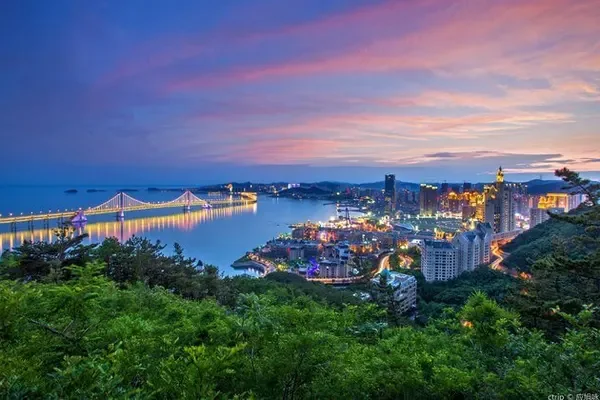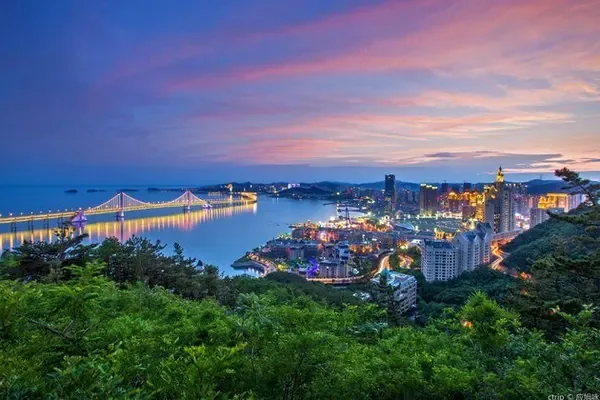When they hear Turpan, most people must think of grapes! Turpan City is the main producing area of grapes, with a planting area of 567,000 mu and an annual output of more than 1 million tons of grapes. But what Yalun wants to share with you today is a very mysterious building - the Turpan Museum!

On the way around China, I can’t remember how many museums I have visited. This time I will come to the Turpan Museum at noon under the scorching sun. One is to understand the local history and culture as before, but because there is a special exhibition hall here. ——Mummy Museum, curiosity is instantly aroused! The last time I mentioned the mummy in my travel notes was in a shared article about the Mawangdui Han Tomb in the Hunan Provincial Museum.

Turpan Museum is a landmark building in Turpan City. The museum has a very rich collection, second only to the Museum of the Autonomous Region. It is a national second-class museum. It has more than 20,159 cultural relics, including nearly 100 first-class cultural relics. More than 80% of the cultural relics from the ancient times, that is, the more than 1,000 years when the Silk Road was prosperous, came from Turpan, which shows its strength!

In this museum, there are a total of 9 exhibition halls, 5 of which are open for basic exhibitions. The moment I walked into the exhibition hall in midsummer, it was extremely cool. Visiting in such a comfortable environment, I seem to have traveled to ancient times with cultural relics and texts. Although the mummy museum is the main reason for attracting many people, the treasures of the town hall are not limited to this one. There are also the world-famous beautiful giant rhinoceros fossils in Turpan, documents unearthed in Turpan, woolen textiles unearthed in Turpan, and painted pottery in Turpan. I choose some of them to share with you.

In the exhibition hall of the general history of Turpan, I not only saw the glorious trajectory of Turpan as a traffic hub on the ancient Eurasian Road, an important town on the Silk Road, a gathering place of Eastern and Western economies, and the meeting point of the world's four major civilizations, but also a very interesting one. Ancient Dim Sum! It was an eye-opener to see raisins, dried dates, the earliest moon cakes and other snacks from more than a thousand years ago, as well as ancient blindfolds!

The position of this evil spirit beast in the exhibition hall is very obvious. This mythical beast was unearthed in the tomb of Astana. This kind of animal does not really exist in reality, but was created by the imagination of the ancients. It is a kind of ghost device made to protect the soul of the deceased from being disturbed. ghost".

The restoration scene of Tuyugou Grottoes is very eye-catching. Cave 44 is the cave with complete shape, more detailed picture, bright color and better preservation among the Tuyugou Grottoes. The beautiful vaulted cave made me stop here, appreciate it slowly, and look at it carefully.

The natural history of the giant rhinoceros fossil exhibition hall in Turpan is not simple. The exhibits here include the most complete fossil of a giant rhinoceros skeleton unearthed in the world. The giant rhinoceros fossil was discovered at the Feiyue Railway Station in the east of Turpan during the construction of the Lanzhou-Xinjiang Railway in 1993. It is the largest mammal that has ever lived on land. Standing by the side as a visitor, I feel small and stressed!

According to the order of visits, the exhibition hall of mummified corpses unearthed in Turpan and their burial clothes is at the end. This is also the exhibition hall I am most looking forward to. When I enter, I will feel a little nervous. With reverence for life and reverence for the dead, gently approach these mummy corpses that have been sleeping for thousands of years.

Turpan is one of the areas in the world that preserves the largest number of mummified corpses, the best quality, and the richest age. In addition, a large number of human bone specimens have also been well preserved here. Here you can see female mummified corpses from more than 2,500 years ago, the tomb of Zhang's couple buried more than 1,000 years ago, and male corpses from the Qing Dynasty. Let us travel through time, meet the real ancients, and see their figures, dresses, and even expressions, which is amazing!
Turpan, Xinjiang, has a dry climate and little rainfall, so that the ancient relics and relics left on the ground and underground can be well preserved. This land itself is a living fossil of the splendid civilization of China, and it is an exquisite museum of the Silk Road in the Western Regions!



